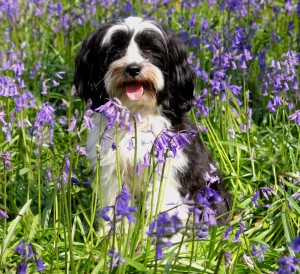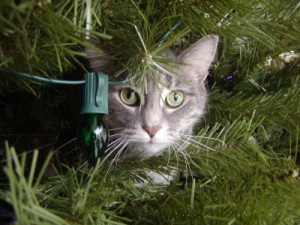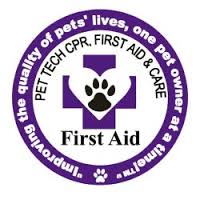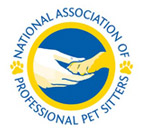In the South, we love our gardens, but BEWARE! You may be planting poisonous beauties. There are many local plants that are poisonous to your pet. I will focus on the vascular plants found both inside and outside the home.
There are two reliable resources to check out where you can look up any plant found in NC to determine if it is poisonous:
1. Our local NC State University has a website:
http://harvest.cals.ncsu.edu/
2. The ASPCA has a separate toxic-plant list for dogs vs. cats:
Cats – http://www.aspca.org/pet-care/
Dogs – http://www.aspca.org/pet-care/
We love our gardens to have unusual plants, yet it might surprise you how TOXIC the following four Southern plants are:
1. Jimsonweed is one of the more common toxic plants. Symptoms that your pet has ingested it include: dilated pupils, racing heartbeat, hallucination, delirium, aggressive behavior and possibly coma or seizures.
2. Another toxic-perennial used in landscaping is Foxglove. If ingested, symptoms include: nausea, abdominal pain, cramping, diarrhea and possibly even fatal heart problems.
3. The Castor Bean plant has RICIN throughout, and just 3 of its seeds can kill your pet. Symptoms of castor bean poisoning include nausea, abdominal cramps, vomiting, internal bleeding, and kidney and circulation failure
4. Oleander is one of the most toxic in the world. A single ingested oleander leaf can kill a large pet. Ingestion of oleander results in diarrhea, vomiting, intense stomach pain, drowsiness, dizziness, an irregular heartbeat, and often, death.
Finally, take a glance through the lists below. If you have one of these species on your property, make sure it is not easily accessible to your beloved pet!
House Plants you keep indoors:
Castor Bean, Caladium, Dumbcane/Dieffenbachia, Elephant Ear, English Ivy, Hyacinth, Christmas Holly (mistletoe), Narcissus, Oleander, Peace Lily, Philodendron
Plants found in your flower beds outdoors:
Autumn Crocus, Belladonna (Nightshade), Bleeding Heart, Clematis, Elephant Ear, Foxglove, Holly, Hydrangea, Iris, Larkspur, Lily-of-the-Valley, Lobelia, Morning Glory, Oleander, Peony, Rhododendron, Star of Bethlehem, Wisteria.












